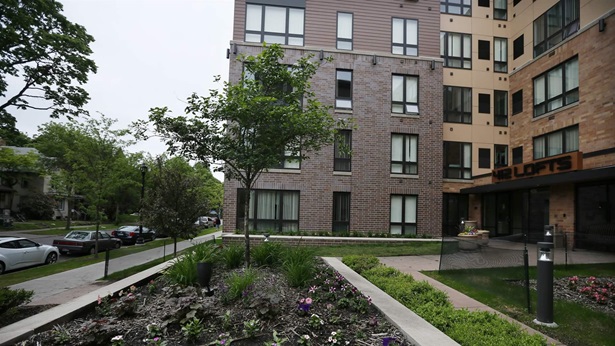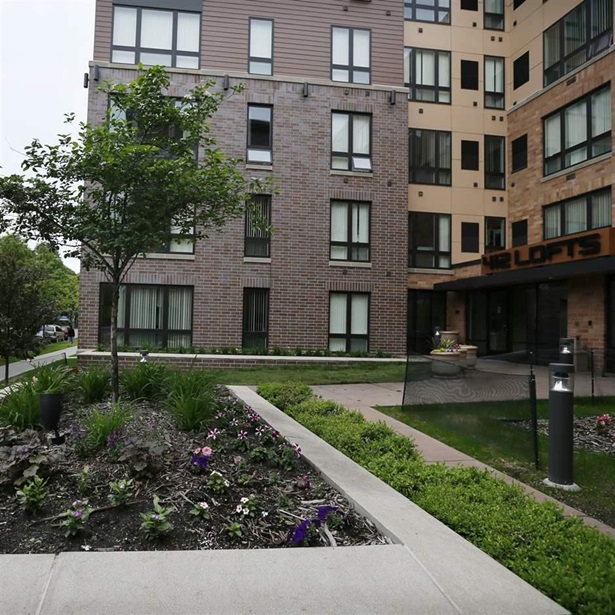How to Solve Arizona’s Housing Woes
Zoning reform improves affordability and cuts homelessness
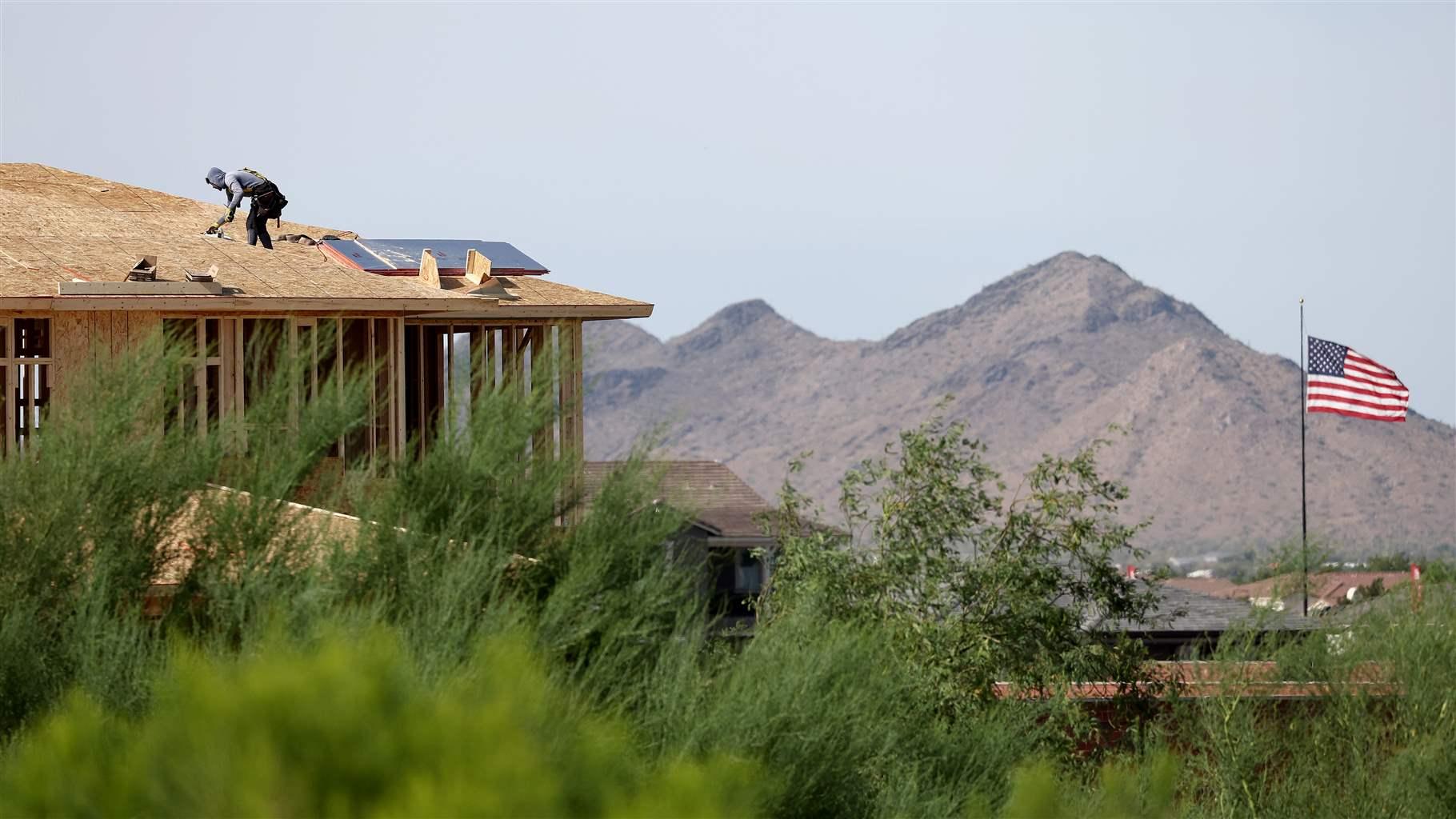
Want to buy a home in Arizona? Good luck with those rising prices and resulting sky-high monthly payments. Thinking better of buying right now and planning to rent until you save enough for a down payment? Well, rents are up over 50% in the past seven years, making it much more difficult to save the cash you need for a down payment.
Thankfully, there’s a solution with a history of success in other parts of the country: make it easier to build more homes.
In Arizona and many other places, there aren’t enough homes to go around—and experts overwhelmingly agree that local regulatory barriers are largely to blame. Arizona’s housing shortage has been exacerbated by an influx of residents priced out of California by that state’s slow, costly permitting processes and restrictive zoning rules that prevent new housing from being built.
Unfortunately, Arizona has its own zoning restrictions—in particular, ordinances that make it hard to build all but single-family homes on large lots, the most expensive type of housing. These restrictions, along with Arizona’s population growth, have combined to create scarcity in the housing market, which drives up prices for families who need a place to live and increases homelessness.
The good news? Other states facing similar problems have found solutions that could work for Arizona. Like Arizona, Montana has experienced a population surge, drastic increases in housing costs, and rising homelessness. Montana lawmakers faced the problem head on last year, passing a suite of reforms to allow more homes, including duplexes; apartments near businesses; and what are known as “accessory dwelling units,” which property owners can add in their backyard, garage, or basement and then rent out. An additional reform requires jurisdictions to use a simple, quick process to approve or deny building permits.
Washington state passed several of the same reforms.
In both states, the efforts were bipartisan because lawmakers recognized that communities needed state-level help to address housing costs and homelessness—serious challenges rooted in a shortage of homes.
And there’s strong evidence that these reforms work. Accessory dwelling units have been legal for many years in cities ranging from Gainesville, Florida, to Anchorage, Alaska; they typically rent for less than studio apartments and are often affordable to lower-income residents. When Minneapolis simplified the permitting process for building apartments near commerce and reduced parking mandates, apartment construction surged: Rents in the city then rose just 1% from 2017 to 2022, compared with 14% in Minnesota overall and 29% nationwide. Similar free-market reforms have sharply improved affordability in places as diverse as New Rochelle, New York; Portland, Oregon; and Tysons, Virginia.
Houston has taken a slightly different approach, substantially reducing its legally mandated minimum lot size. This move allowed builders to construct homes on smaller lots so families weren’t required to pay for large yards they might not want or couldn’t afford. The result: 80,000 new town houses, which could be purchased for nearly 40% less than detached homes on larger lots. Furthermore, town houses in Houston are affordable to families earning just above the area’s median family income of about $79,000. (By comparison, Phoenix-area households earning the area median can’t afford the region’s median home price of $452,000.)
Houston and Minneapolis are affordable because they reduced regulatory barriers and allowed more homes to be built. In the most recent five-year period, Minneapolis added 11.9% to its housing stock and Houston added 8.9%. Phoenix and Tucson, on the other hand, added just 6.3% and 4.5%, respectively, not nearly enough to keep up with growth. As a result, costs in Arizona’s two largest cities soared. And homelessness rose 54% in the Phoenix area and 38% in the Tucson area in the past five years, while dropping 17% in the Houston area and 13% in the Minneapolis area.
Not all problems require complicated solutions. There’s a clear path to bringing homeownership within reach for Arizona families, improving rental affordability, and cutting homelessness: Builders are ready to build.
Let them.
Brian Norman is the director of state affairs at the Goldwater Institute. Alex Horowitz is project director of The Pew Charitable Trusts’ housing policy initiative.
This opinion originally ran on azcentral.com on April 4, 2024.


America’s Overdose Crisis
Sign up for our five-email course explaining the overdose crisis in America, the state of treatment access, and ways to improve care
Sign up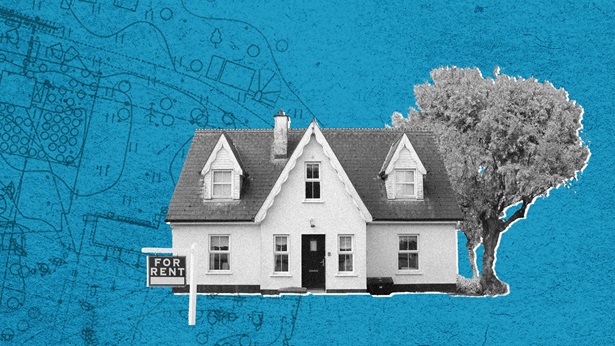
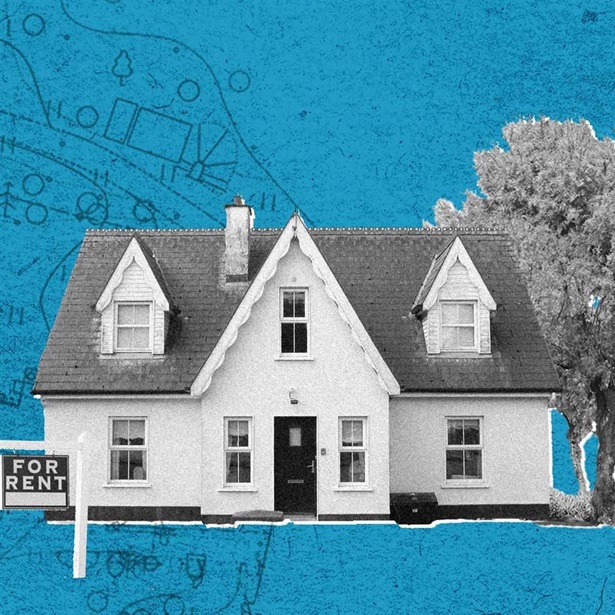
More Flexible Zoning Helps Contain Rising Rents


How Housing Costs Drive Levels of Homelessness
